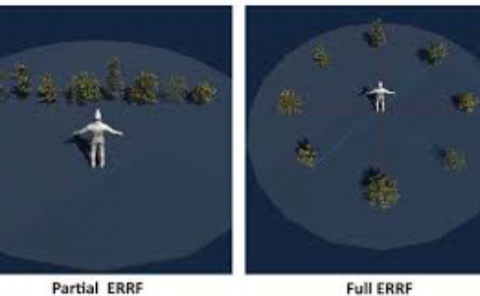Towards EEG-Based Haptic Interaction within Virtual Environments
PubDate: August 2019
Teams: University of Calgary
Writers: Stanley Tarng; Deng Wang; Yaoping Hu; Frédéric Merienne
PDF: Towards EEG-Based Haptic Interaction within Virtual Environments

Abstract
Current virtual environments (VE) enable perceiving haptic stimuli to facilitate 3D user interaction, but lack brain-interfacial contents. Using electroencephalography (EEG), we undertook a feasibility study on exploring event-related potential (ERP) patterns of the user’s brain responses during haptic interaction within a VE. The interaction was flying a virtual drone along a curved transmission line to detect defects under the stimuli (e.g., force increase and/or vibrotactile cues). We found that there were variations in the peak amplitudes and latencies (as ERP patterns) of the responses at about 200 ms post the onset of the stimuli. The largest negative peak occurred during 200~400 ms after the onset in all vibration-related blocks. Moreover, the amplitudes and latencies of the peak were differentiable among the vibration-related blocks. These findings imply feasible decoding of the brain responses during haptic interaction within VEs.

